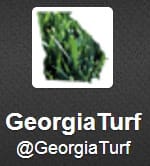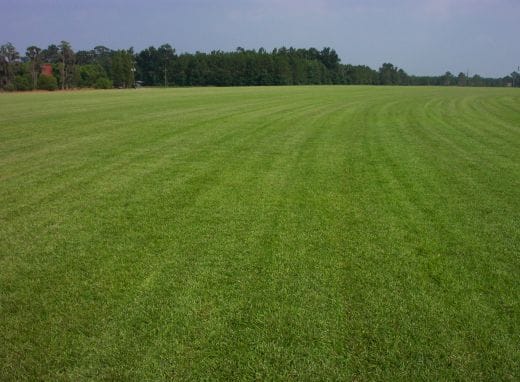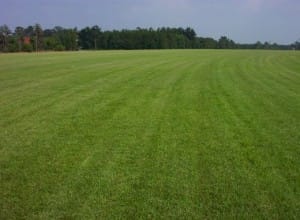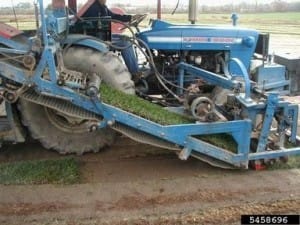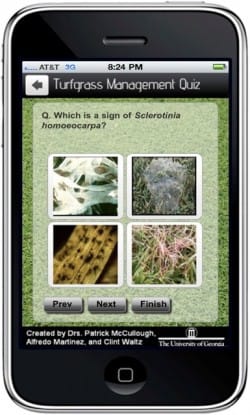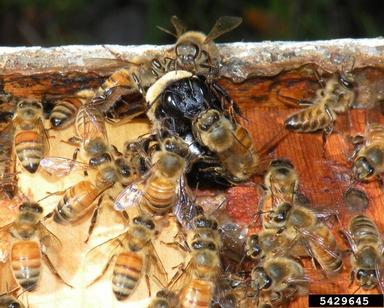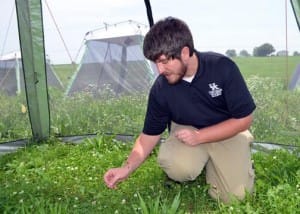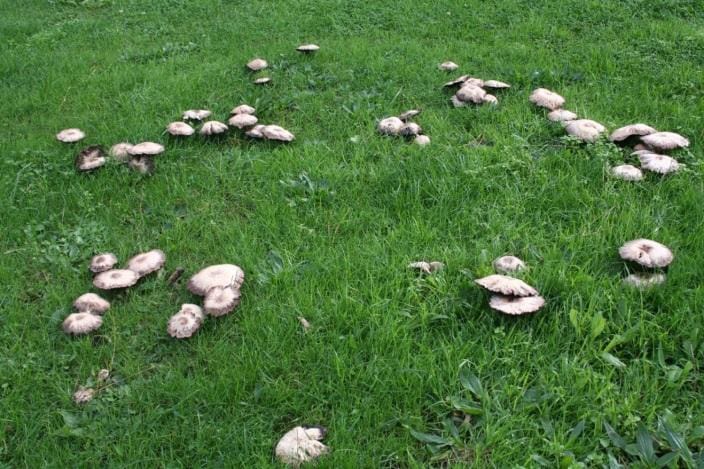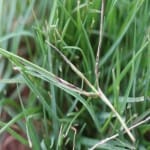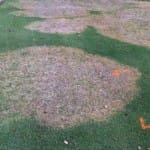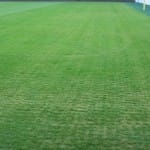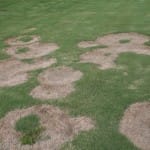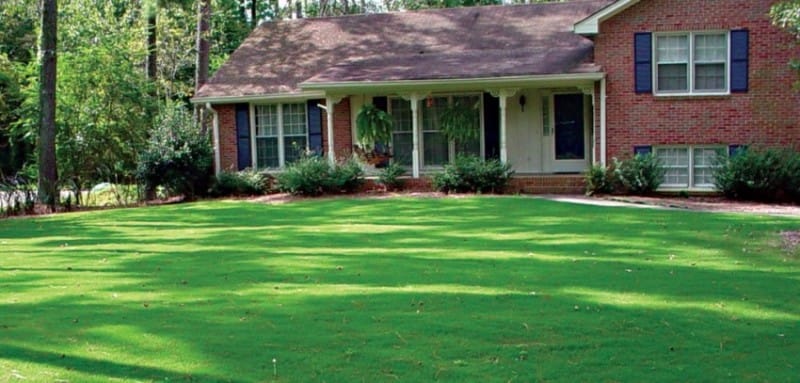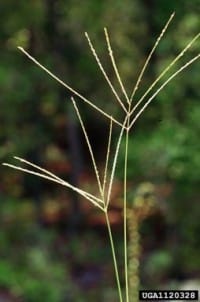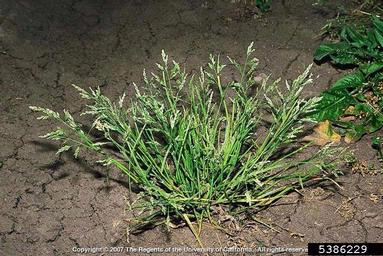Original story by Sarah Lewis, student writer with the UGA College of Agricultural and Environmental Sciences
“April and September are good times to apply baits, once at the start of the season and toward the end to help control before they come back in the spring,” said Will Hudson, a professor with the UGA College of Agricultural and Environmental Sciences.
Fire ants are most active in warm weather. Fire ant season can last 10 to 11 months out of the year in the most southern areas of Georgia. Controlling ant colonies before they produce a mound is important. However, Hudson says that once a treatment program is in effect, timing is not all that important.
Baits and sprays
The general rule of thumb is if the area is one acre or less, don’t use baits. Re-infestation is more likely from colonies outside of the yard when baits are used.
One important thing to remember is the difference between ‘no mounds’ and ‘no ants.’ “There is a difference between eliminating ants and controlling them,” he said. “Baits do not eliminate ants because there is no residual control. A new colony can still come in and be unaffected by the bait laid down prior to their arrival.”
To eliminate mounds completely, apply baits every six months, Hudson said. “There will be invasion in the meantime, and you will still have fire ants, just not enough to create a new mound,” he said.
Hudson recommends treating lawns smaller than an acre with a registered insecticide in a liquid solution. This should rid the lawn of fire ants for one to three months. If you choose a granular product, measure carefully to be sure you apply the correct amount of material and get good, even coverage, he said.
The least effective treatment option for most people is individual mound treatments, according to Hudson. Treating mounds in general is going to be an exercise of frustration, and killing an entire colony by treating just the mound is a challenge, he said.
Minimal impact
Baits are considered to have minimal environmental effects for those who chose not to use hazardous chemicals. Once the bait is out, there is hardly anytime for anything to come in contact with it before the ants get to it.
Nonchemical options include using steam or boiling water. “We recommend using boiling water to treat a mound near an area such as a well where you do not want any chemicals,” Hudson said. “Using hot water is very effective, but the problem is you are not always able to boil the water right next to the area you want treated.” Carrying the boiling water can inflict serious burns, so extreme caution should be used when treating with this method.
There are products on the market that are approved by the Environmental Protection Agency and labeled as organic. Hudson says organic designation is a “slippery” definition. There is an official USDA certification and many states have their own set of regulations when labeling a product as organic. This labeling can mean the product is either a natural product or derived from a natural product. “While there are a few products that qualify as organic, with most baits the actual amount of pesticide applied is minimal,” he said.
Realistic expectations
Hudson says to be careful when choosing a product because the labels can be confusing, even deceptive, and it is difficult to make the right choice. For assistance in selecting a product, contact your local UGA Cooperative Extension agent.
“The most important thing to remember is that you need to be realistic in your expectations,” Hudson said. “If you are treating mounds, you need to be prepared. You are going to chase the mounds around the yard.”
For more information on selecting a control measure:
